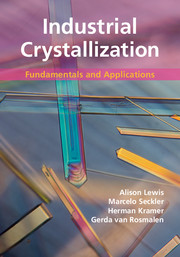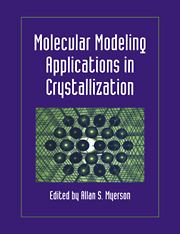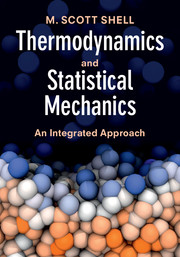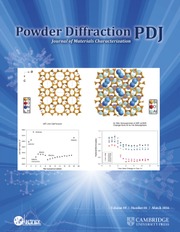Industrial Crystallization
Bridging the gap between theory and practice, this text provides the reader with a comprehensive overview of industrial crystallization. Newcomers will learn all of the most important topics in industrial crystallization, from key concepts and basic theory to industrial practices. Topics covered include the characterization of a crystalline product and the basic process design for crystallization, as well as batch crystallization, measurement techniques, and details on precipitation, melt crystallization and polymorphism. Each chapter begins with an introduction explaining the importance of the topic, and is supported by homework problems and worked examples. Real world case studies are also provided, as well as new industry-relevant information, making this is an ideal resource for industry practitioners, students, and researchers in the fields of industrial crystallization, separation processes, particle synthesis, and particle technology.
- Comprehensive, fully up to date, and dedicated to both the theory and practice of industrial crystallization
- Includes new industry-relevant information
- Provides real world case studies, problems, and worked examples
Product details
August 2015Hardback
9781107052154
350 pages
253 × 180 × 20 mm
0.85kg
275 b/w illus. 18 tables 43 exercises
Available
Table of Contents
- 1. Thermodynamics, crystallisation methods and supersaturation
- 2. Characterisation of a crystalline product
- 3. Basic process design for crystallisation
- 4. Nucleation
- 5. Crystal growth
- 6. Agglomeration
- 7. The population balance equation
- 8. Batch crystallisation
- 9. Measurement techniques
- 10. Industrial crystallisers
- 11. Precipitation
- 12. Melt crystallisation
- 13. Additives and impurities
- 14. Polymorphism.






